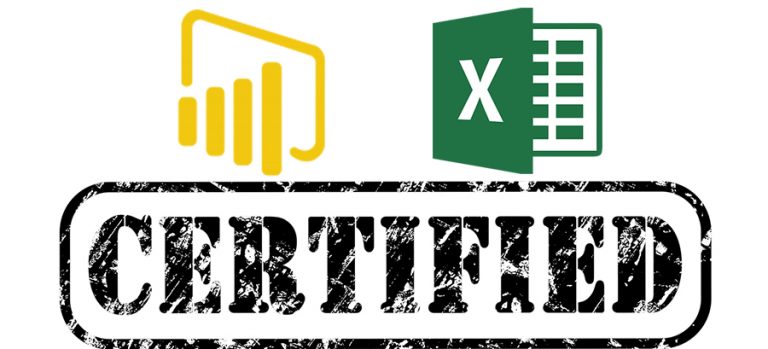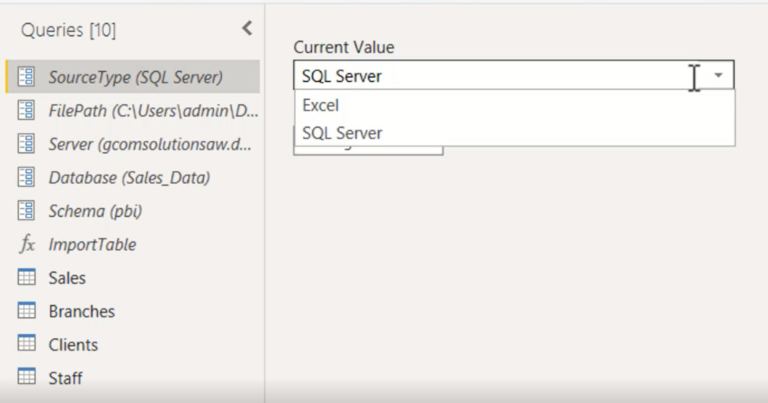FactSet Analytics
Power BI is a powerful business intelligence tool that helps businesses to analyze data and gain insights. Connecting to different data sources is one of the essential features of Power BI. FactSet Analytics is one of the most popular data sources in the finance industry. And in this article, we will guide you on how to connect to the FactSet Analytics data source from inside Power BI using Power Query M Language Code.
Introduction to FactSet Analytics
FactSet Analytics is a comprehensive financial database that provides data and analytics to investment professionals worldwide. It offers a vast collection of financial data, including market data, company financials, earnings estimates, and more. FactSet Analytics is widely used by investment managers, investment bankers, private equity firms, and other financial professionals.
Connecting to FactSet Analytics Data Source
Connecting to FactSet Analytics data source from inside Power BI is easy and straightforward. Here’s how you can do it using Power Query M Language Code.
Step 1: Open Power BI
Open Power BI and click on the “Get Data” button on the Home tab.
Step 2: Select FactSet Analytics Data Source
Select “FactSet Analytics” under the “Financial” category.
Step 3: Enter Your FactSet Analytics Credentials
Enter your FactSet Analytics credentials in the login screen.
Step 4: Connect to FactSet Analytics Data
After entering your credentials, you will be taken to the FactSet Analytics data source. You can select the data you want to import into Power BI from the available list of data sets.
Step 5: Use Power Query M Language Code
Power Query M Language Code is a powerful tool that allows you to customize your data imports in Power BI. Here’s how you can use Power Query M Language Code to connect to the FactSet Analytics data source.
1. Open the Power Query Editor by clicking on the “Transform data” button in the Home tab.
2. In the Power Query Editor, click on the “Advanced Editor” button under the “View” tab.
3. In the Advanced Editor, enter the following code:
“`let
Source = FactSet.Analytics.DataSource(),
#”FactSet Analytics” = Source{[Name=”FactSet Analytics“]}[Data],
#”Filtered Rows” = Table.SelectRows(#”FactSet Analytics“, each ([#”Ticker Symbol”] = “AAPL”)),
#”Removed Columns” = Table.RemoveColumns(#”Filtered Rows”,{“# Rows”})
in
#”Removed Columns”“`
4. The above code connects to the FactSet Analytics data source, selects the data set named “FactSet Analytics,” filters the rows with the ticker symbol “AAPL,” and removes the “#” Rows column from the data set. You can customize this code to select the data you want to import and how to transform it.
5. Click on the “Done” button to close the Advanced Editor. The data set will be imported into Power BI.
Conclusion
Connecting to the FactSet Analytics data source from inside Power BI using Power Query M Language Code is a simple and powerful way to import and transform data. By using Power Query M Language Code, you can customize your data imports and transform them in any way you want. If you’re a financial professional looking for a comprehensive financial database, FactSet Analytics is an excellent option to consider.









